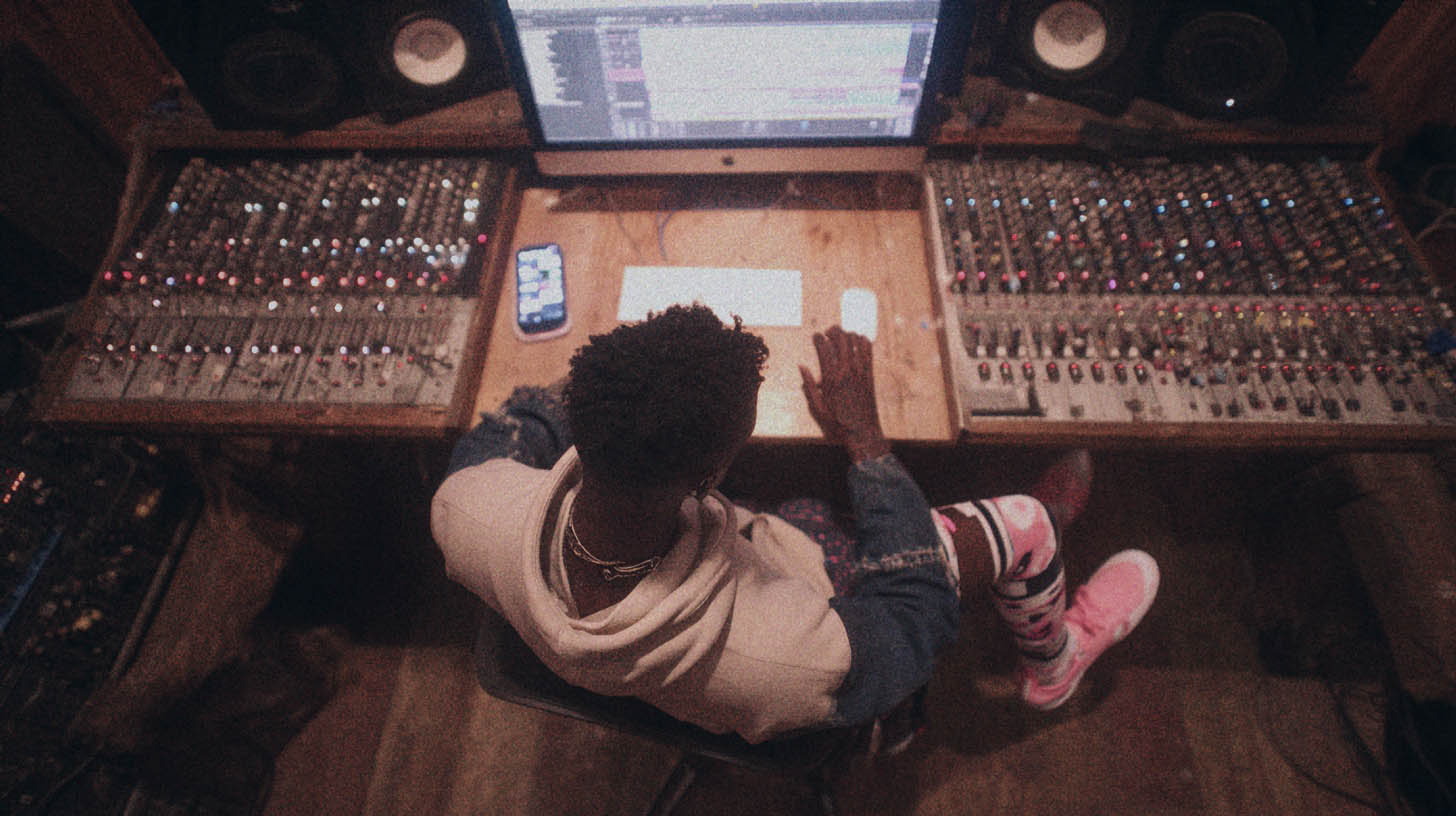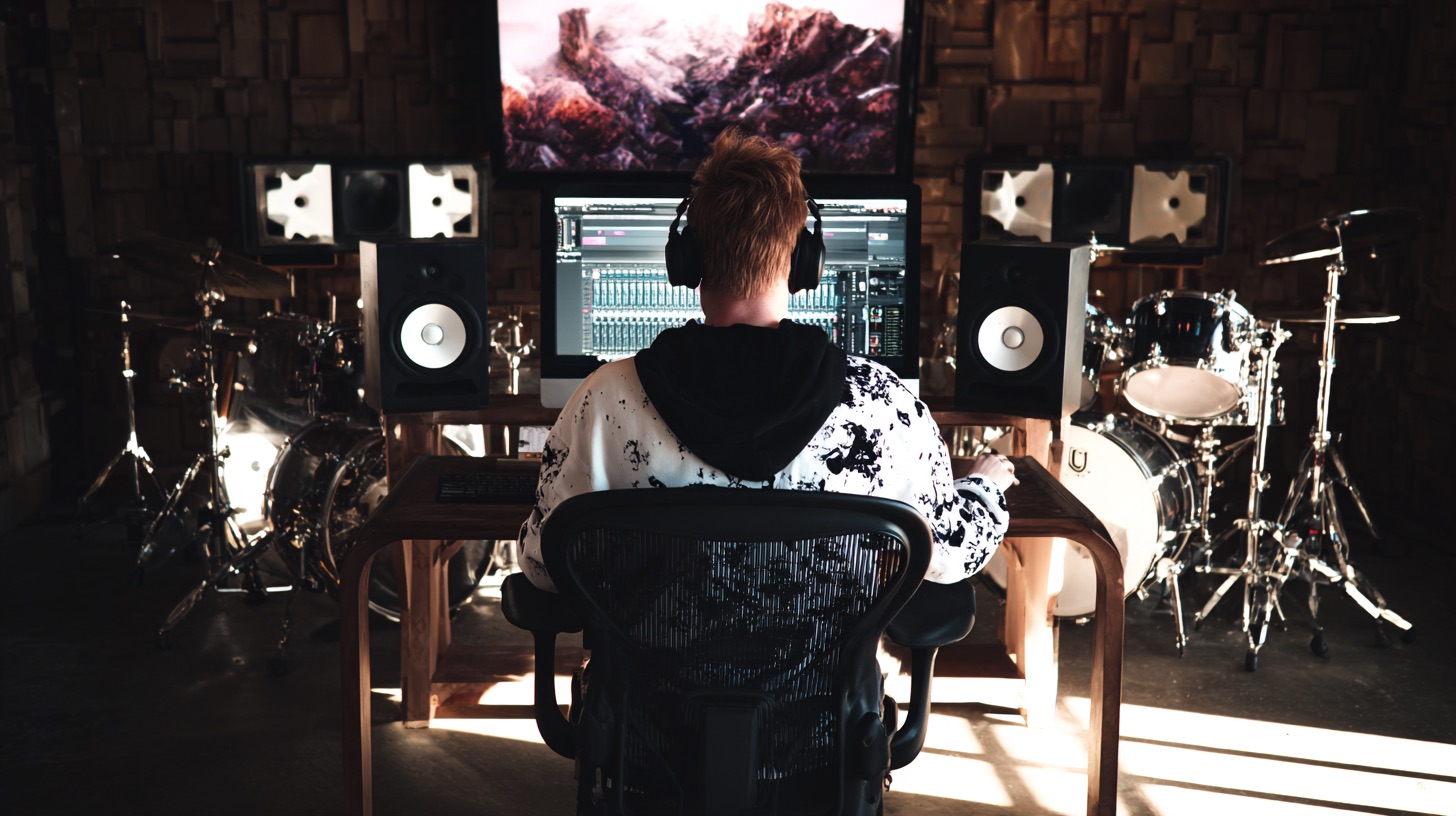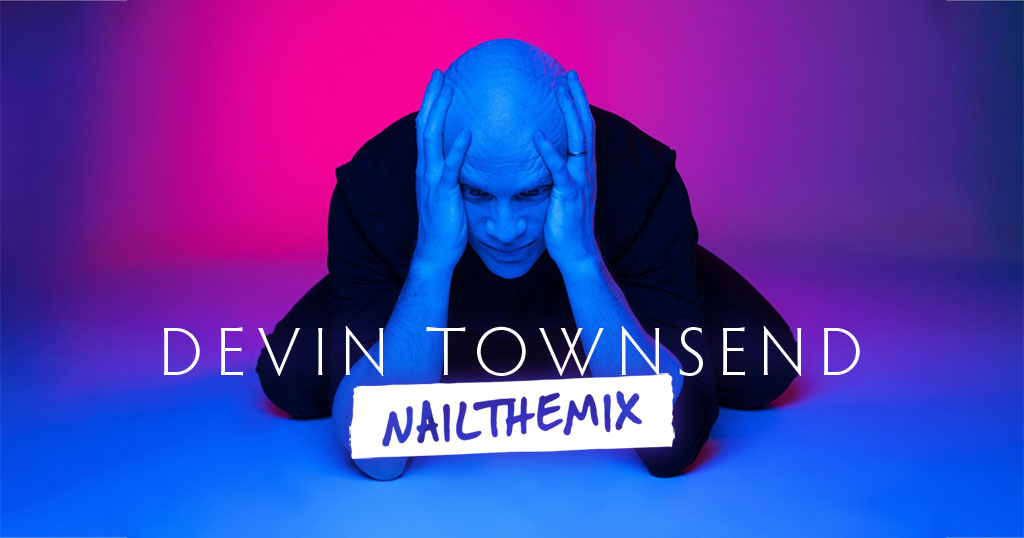
Mixing Drums in Metal: 7 Keys to Avoid Robotic Sound
Nail The Mix Staff
We’ve all heard it. That nagging complaint about modern metal drums that just won’t die: “They sound fake.” “They feel programmed.” “It sounds like plastic drums in space.”
Nowhere is this more obvious than in a blast beat that sounds like a machine gun firing perfectly quantized, identical snare hits. It’s sterile, it’s boring, and it’s hard to listen to.
But here’s the thing: the pro metal mixes you love, the ones that sound huge, feel real, and make you want to air drum along? They are loaded with samples and editing.
So if both the killer-sounding drums and the awful-sounding drums use the same tools, are samples and editing really the problem? Nope. The problem is how they’re used.
The tools in your DAW are neutral. They can be used to create something incredible, or they can be used to build a shitty robot in the kitchen. Let’s break down how the pros approach mixing drums to get powerful, aggressive, and human results.
1. Reinforce, Don't Just Replace
First things first: samples are best used to reinforce great-sounding live drums, not to completely replace terrible ones. Think of them as a powerful support system.
A perfect example is a fast blast beat. A real drummer, no matter how good they are, has to play lighter to achieve that kind of speed. Their snare hits will naturally be weaker than the powerful crack they get on a mid-tempo backbeat.
The amateur move is to just automate the volume of the live snare track up during that section. The result? You get a wash of nasty cymbal bleed and other crusty artifacts from the overheads and snare mic, but you don’t actually get any more punch.
The pro move is to use samples to add that missing punch and consistency. You blend the sample underneath the live snare, giving you the weight and attack of the sample with the realism and air of the live performance.
2. Master Your MIDI Velocities
This is non-negotiable. If you’re triggering samples, you have to get your velocities right.
In your DAW’s piano roll, velocity is that 0-127 value that controls how hard a MIDI note is struck. But here’s the crucial part: with good multi-layered drum libraries (think Superior Drummer 3, GetGood Drums, or Slate Drums), velocity doesn’t just control volume. It controls which actual sample is played.
A snare hit at velocity 127 is a different recording than a hit at velocity 110 or a ghost note at 50. Getting this right is the #1 way to avoid your programmed drums sounding like a robot. A human drummer never hits the drum with the exact same force every single time. Your MIDI shouldn’t either.
Actionable Tip: For a blast beat, keep the velocities high, but let them fluctuate. Instead of programming everything at 127, try varying them between 118 and 126. This subtle difference is what our brains register as human.
3. The "90% Rule" of Quantizing
The goal of editing is to enhance the performance, not erase it. Quantizing every single drum hit 100% to the grid is the fastest way to kill the feel and create that robotic sound we’re trying to avoid.
So, what do you do? Pull it back.
When you’re quantizing your drums in Pro Tools, Cubase, Reaper, or Logic, look for a “Strength” or “Tightness” parameter. Instead of leaving it at 100%, try setting it to 85-95%. This will pull the hits closer to the grid, tightening up the performance significantly, but it will crucially leave in some of the microscopic timing variations that make a performance feel human. It’s the perfect blend of precision and feel.
4. Edit with Musical Intent
You can't just blindly snap drum hits to the grid. A great editor needs to be a musician who understands the genre and the part they're working on.
Before you start slicing and quantizing, you have to know the rhythmic goal. Is it a "bomb blast" with the snare on the downbeat and kicks filling the 16ths in between? Is it a skank beat where the feel is slightly pushed?
Without knowing the intended groove, you’re just guessing. You might "correct" a hit that was intentionally played slightly behind the beat for feel, and in doing so, you destroy the drummer's performance. Know the song, know the genre, and edit to serve the music.
5. Listen and Nudge Manually
Your DAW’s quantize function is a fantastic tool, but it's not the final step. After you’ve done your initial 90% quantize, you have to use your ears.
Loop the section and listen critically. Does one hi-hat hit feel like it’s lagging? Does a snare feel a little stiff? Don’t be afraid to zoom in on the waveform or MIDI note and manually nudge it. Dragging a single snare hit a few milliseconds forward or backward can be the difference between a part that feels rigid and one that grooves perfectly. This is where the real magic of professional drum editing happens.
6. Embrace Multi-Samples (And Round Robin)
You remember that awful, machine-gun blast beat? That’s what happens when you use a "one-shot" sample—the same exact audio file—for every single hit.
To make samples sound real, you need variation. That's where multi-samples come in. A good drum library has dozens of different recordings for a single snare drum: soft hits, hard hits, center hits, edge hits, rimshots.
Even better, most modern samplers like Slate Trigger 2 or Kontakt have a "round robin" feature. This automatically cycles through different samples even if they're at the same velocity, ensuring you never get the exact same hit twice in a row. It’s an incredibly powerful tool for adding realism with minimal effort.
7. Glue It All Together with EQ and Compression
Once your performance is tight and your samples are sounding natural, it’s time to make the whole kit sound like one cohesive instrument. This is where bus processing with EQ and compression comes in.
Smart EQ Moves
You need to carve out space for each part of the kit to shine. This isn't just about boosting frequencies you like; it's more about cutting frequencies you don't need. Use a high-pass filter on everything except the kick drum and maybe floor toms. A surgical cut in the boxy 400-600Hz range on a snare can make room for chunky guitars. A little boost around 5-8kHz can add that perfect "snap."
For a deeper dive into these techniques, check out our guide on EQ strategies for mixing modern metal.
Dynamic Compression
Compression is all about shaping transients and controlling dynamics. A compressor with a fast attack on a snare can add incredible punch. On your room mics, try a slower attack; this lets the initial crack of the drums through before the compression clamps down, making the room sound massive.
To really get a handle on how the pros use this, explore our hub on metal compression secrets.
Bringing It All Together
These keys are a massive head start to getting pro-level metal drums. It’s about using modern tools intelligently—blending the power of samples and editing with the nuance of human performance.
But reading about it is one thing. Seeing it happen is a whole other level.
Imagine watching a world-class producer actually dial in these settings, blend the live drums with the samples, and carve out a space for them in a dense wall of guitars. At Nail The Mix, that’s exactly what you get. Every month, you get the real multi-tracks from a massive metal song and watch the original producer mix it from scratch, explaining every single move.
If you’re ready to stop guessing and learn the exact workflows the pros use to get powerful, punchy, and natural-sounding drums, it’s time to unlock your sound and mix modern metal beyond presets.
Get a new set of multi-tracks every month from a world-class artist, a livestream with the producer who mixed it, 100+ tutorials, our exclusive plugins and more
Get Started for $1






